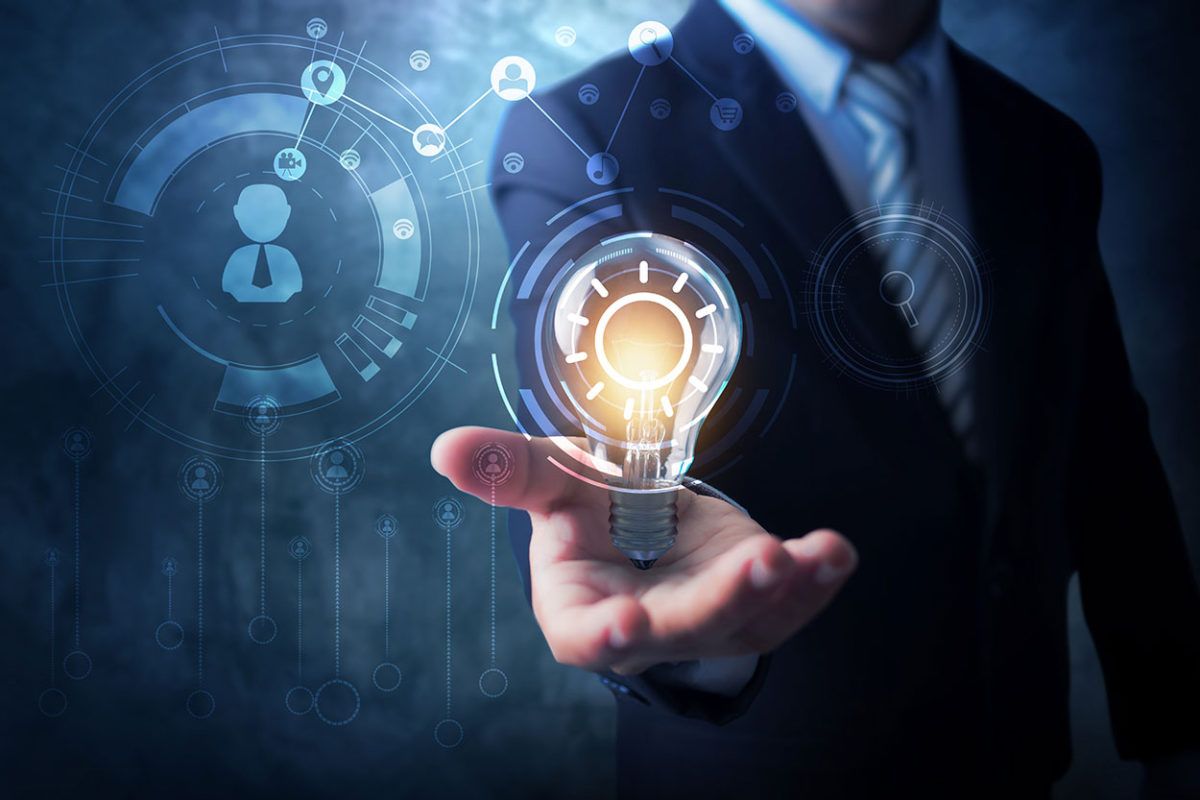Who would have thought that at some point those robots and systems with human-like intelligences that we saw in the movies would be real? It seemed a matter of fiction, but the truth is that it happened.
The momentum of the digital transformation to which organizations were subjected, turned them into entities with a huge appetite for data and the desire to demand systems with advanced intelligence, capable of processing an avalanche of data. This whole new vision has been occurring in the vast majority of industries and it is really strange that some companies have not sought to benefit from intelligent and automated data analysis.
Learning is one of the keys to advanced AI, in fact we need machines to be able to self-program, i.e. learn from their own experience. Machine Learning addresses this challenge and cloud services to build applications that learn from the data they ingest.
What is Deep learning?
Machine learning is booming thanks to its application in the world of Big Data and IoT. Advances and improvements of the most traditional algorithms are constantly appearing, from ensemble learning to Deep Learning, which is on everyone’s lips due to its ability to get closer and closer to human perceptive power.
According to the article «Cloud Deep Learning: top three platforms compared«, it can be stated that deep learning is based on the concept of a deep neural network, which passes inputs through multiple layers of connections. Neural networks can perform complex cognitive tasks, improving performance dramatically compared to classical machine learning algorithms.
However, they often require huge volumes of data to train and can be very computationally intensive.
Deep learning uses logical structures that resemble the organization of the mammalian nervous system, having layers of processing units (artificial neurons), which specialize in detecting certain characteristics of perceived objects.
The Deep Learning represents a more intimate approach to the way the human nervous system works. This is because our brain has a complex microarchitecture, in which differentiated nuclei and areas have been discovered (its neural networks are specialized for specific tasks).
Once companies can have data and systems capable of processing it, it is time to take a big step: understanding that data, acquiring knowledge and extracting value, in simple words, something similar to what we humans do when we access data, interpret it using our brains and make decisions.
However, when we talk about gigabytes, terabytes or even petabytes of information, coupled with the need to make decisions in just milliseconds, humans are literally out of the game.
The most viable solution is to turn to machines that are able to interpret the data, understand it and intelligently draw conclusions.
Having explained all the above, we can say that Big Data, is, therefore, the fuel of Artificial Intelligence and therefore very relevant to LISA processes. We feed on the processed data and learn from it, creating and recognizing patterns and developing sophisticated analytics solutions for the insurance industry.
Let’s find out more about Big data and its impact in the next article, shall we?
